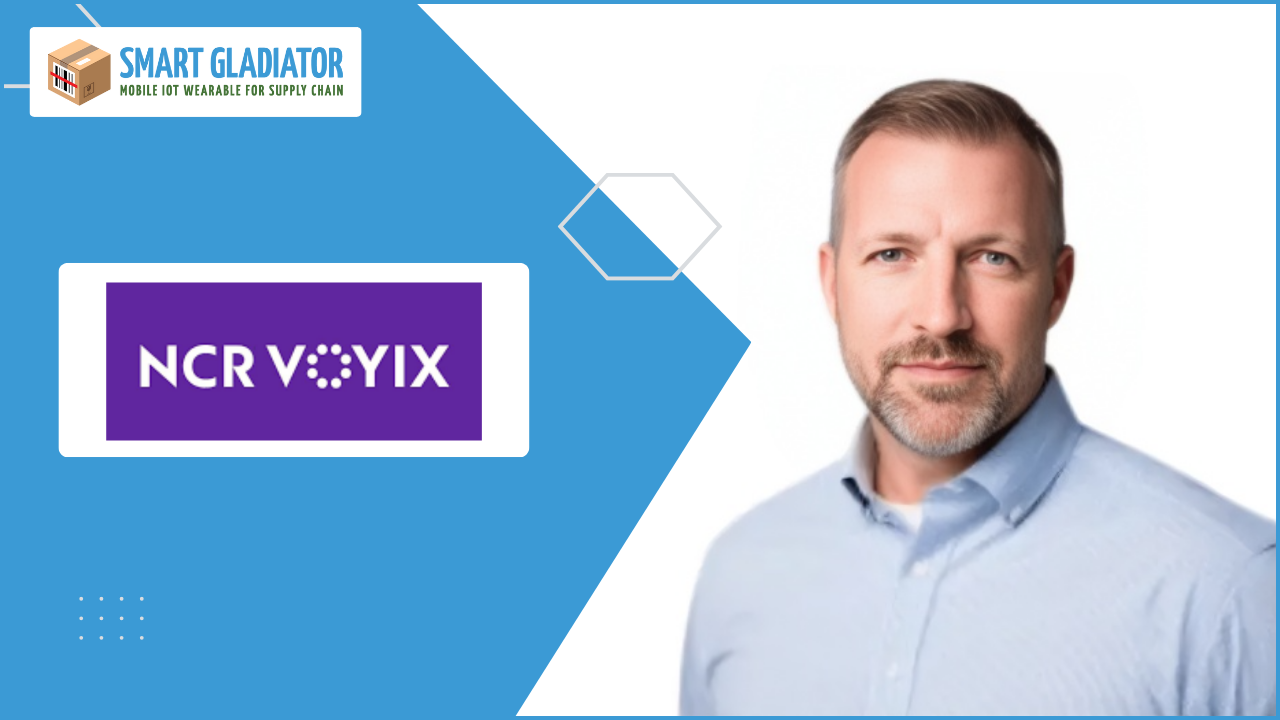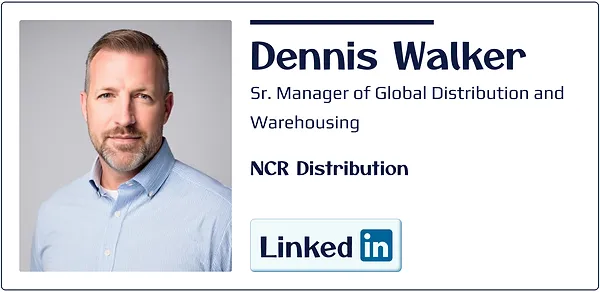What job were you trying to do at NCR or what problem were you trying to solve there?
So what we were trying to do was have a shared environment that our customers and our team could use. We’re a global company, so someone from Atlanta may be trying to see how the load quality was on an order that shipped out of Nashville or Boston. You had to have access to a SharePoint site, but the pictures weren’t even identified. You had to sort through a thousand pictures, and none of them were ever labeled or searchable in a format that worked for them.
I thought, you know what, I’ve got a way to do that. I’ve seen it, I know it works. So that’s when I brought that on. I gave them a test of it, showed them the capabilities it had, and they were like, “Hey, let’s do it! I like it. This is great.” This was better than taking a picture, going to my computer, uploading it, saving it to a drive, and then giving somebody a link to say, “Hey, all your pictures are here; you figure out which one you want.”
Yeah, that sounds like it really improved that process there. I’ve used SharePoint before and felt that pain, so I’m definitely familiar with that.
Does Loadproof help you save time? The time that you invested previously in SharePoint—does using Loadproof help you tremendously in saving time, not only from just being SharePoint but from the process?
With the application, you take the picture and assign it to the load number, which in our case is the order number. When someone asks if it saves money, it does, but also saves money in other ways. We get a claim back from a customer: “Hey, this has happened thousands of times even since we brought this over to NCR for the last two years.”
“Hey, we’re missing our server. You guys didn’t ship with our server.” I pop in the order number and send them the picture, saying, “No, here’s your server on the pallet. If you didn’t get the printer and the monitor, then you didn’t get any of it, but if you got those two, this was on the same pallet; you had gotten that one as well.”
So we’ll deny that claim, and if you want a server, you get to order a new one or submit a claim to the carrier. That’s helped us save money, as well as providing a one-stop shop for the person that’s uploading the pictures. It’s all from one device, not having to go to mobile devices or manage responsibilities and rights to a computer and SharePoint sites. Right now, you’re trying to control costs, so the fewer licenses you give out, the better.
Yeah yes yes, so it helped you save time both in searching pictures and in dealing with the customers and in all aspects, right? Multiple players, and then when you added video, that was an entire another process that saved time and money for us. That was a big game changer, a big improvement you guys made. That’s really happy to see it. Let’s go, that’s great! And yes, definitely, we want you to take advantage of that video and see which areas we can implement that.
So what results did you achieve from all of that? You mentioned that you resolved some issues, and we ended up with a shared platform across the business—not just in our team but across sales, procurement, and operations. It gave everyone a shared platform to see the same information. If you want to know where an order is, the tracking numbers, or the pictures of how the low quality looked, everybody can go online. The customer wants to know, “Hey, how can I see the pictures that you guys took?” I can send them a link, and they can log in and see the same things.
It’s a shared environment for multiple people, so that was a huge benefit. The video—we were doing videos anyway, so having two different platforms, one for pictures and one for videos, was cumbersome. When you guys brought on the video and we could use that, it fell perfectly in line. We were pretty much devastated by the tornado that took place in Nashville; we lost everything. Our business was completely destroyed, so coming back online with the video at the same time rolled right into our new process.
Now you can take the video into pictures from the same platform, and we don’t have to re-implement the video process we were doing before. Everybody already knows how to use Load Proof; now you just click on the video instead of the picture, and it works out perfectly that way. What it has done is improved the process of not just load quality proof but also accountability. It’s improved accountability between the customer and our internal clients because we’re a 3PL provider—we don’t do any shipping and receiving ourselves; we pay a third party to do it.
Now we’re able to hold them accountable. This had a picture for the customer’s purpose, but we can go back and look at that same picture and say, “Look, guys, this looks like crap. You’re doing a terrible job for our customers; this is not how we want our product to show up when it arrives.” It really holds both NCR, the customer, and our third party accountable for the quality of our product that we ship out.
Yes, that’s exactly what we want—those improved discussions with your customer and with the transportation.







 1. Increases EPP, using budgeted line items.
1. Increases EPP, using budgeted line items. Millennial friendly technology, less onboarding time, very easy adoption – touch screen keypad, and 43% of Millennials already use IOS, familiar with Facetime, 85% of Millennials aged 18-24 own devices and 86% aged 25-34 own them, consume a lot of video on their smartphones, and are highly comfortable with this medium, they understand and like apps.
Millennial friendly technology, less onboarding time, very easy adoption – touch screen keypad, and 43% of Millennials already use IOS, familiar with Facetime, 85% of Millennials aged 18-24 own devices and 86% aged 25-34 own them, consume a lot of video on their smartphones, and are highly comfortable with this medium, they understand and like apps.